"scoreLight" is a laser-based musical device that generates real-time sound based on the shape of drawings or objects.
Relying on 3D tracking technology developed at the Ishikawa-Komuro Laboratory in 2003, scoreLight uses lasers to trace the outline of a drawing or object. As the laser dances along the contours, scoreLight produces and modulates sound according to the curvature, angle, texture, color, and contrast. An abrupt change in the direction of a line generates a discrete sound (a glitch or percussion sound), resulting in a steady rhythm when the laser follows a looped path (the size and shape of the looped path determines the tempo and structure of the beat). The device creates a layered tapestry of sound when multiple laser points explore different parts of a drawing.
Here is some video of scoreLight making music from a sketch of a brain:
+ NOU-ISE
scoreLight's developers include Alvaro Cassinelli (concept, hardware and software), Kuribara Yusaku (software), Daito Manabe (sound concept and programming) and Alexis Zerroug (electronics). See Cassinelli's YouTube channel for more videos.
[Link: scoreLight]

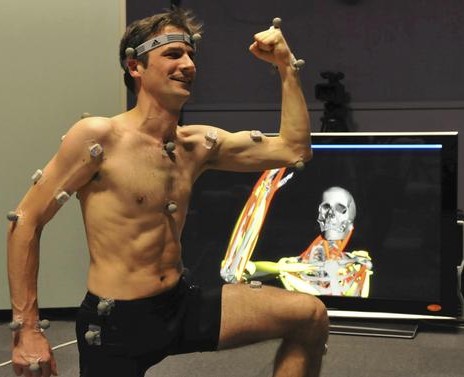
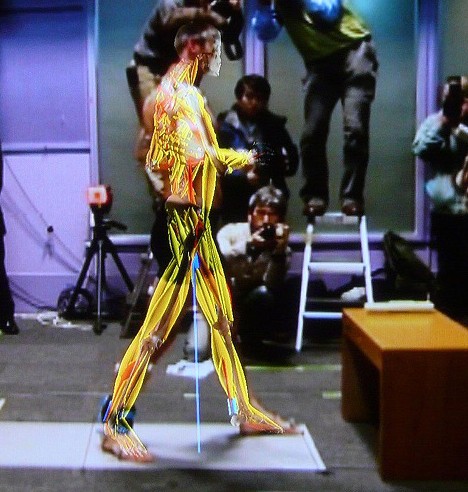
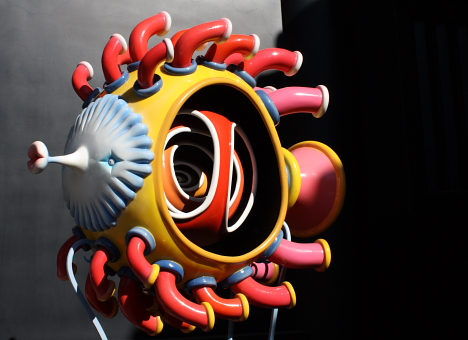
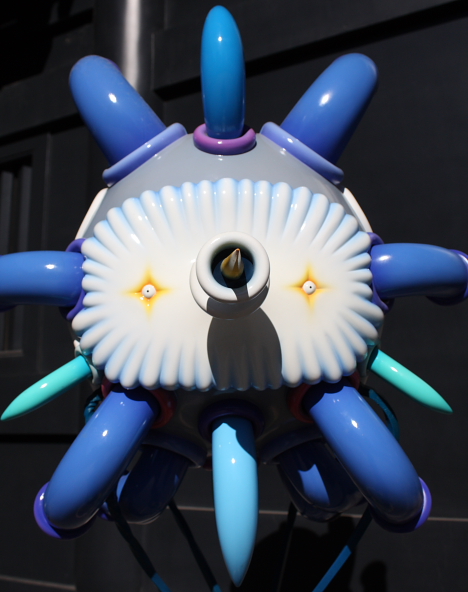
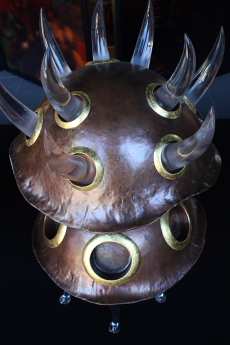
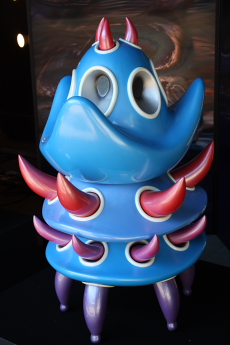
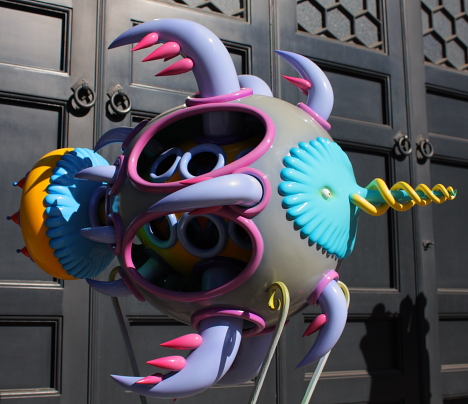
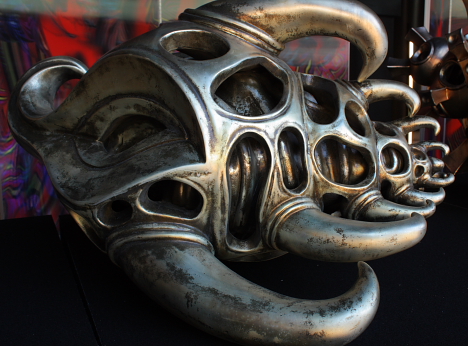
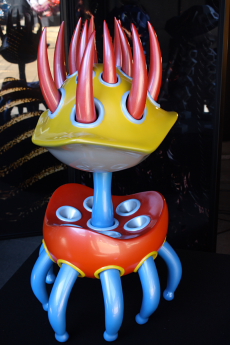
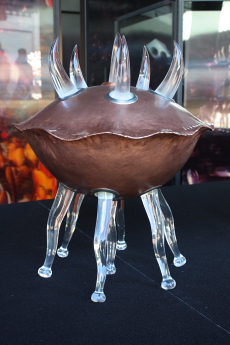
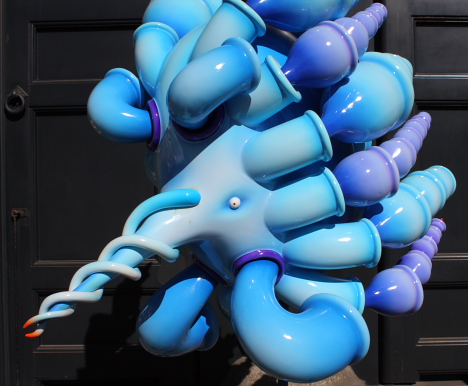
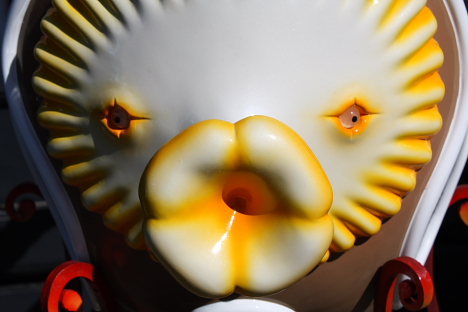
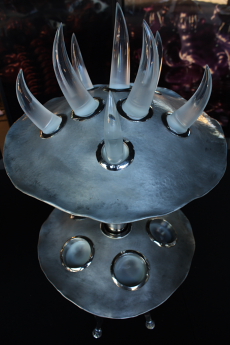
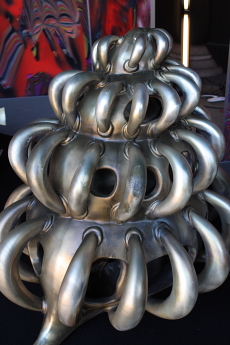
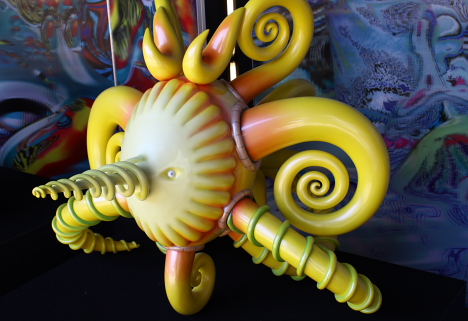
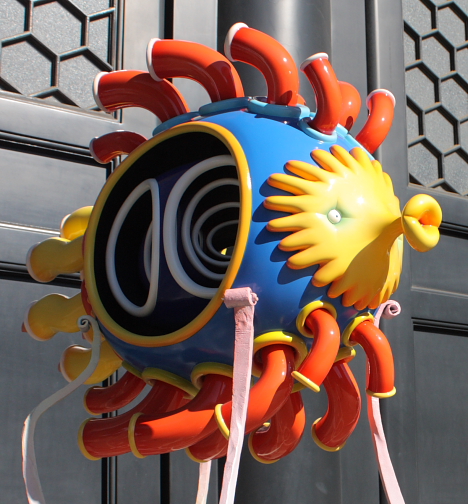
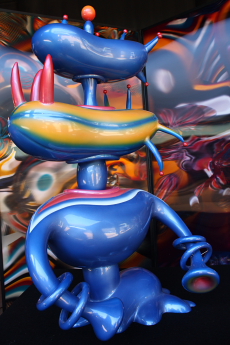
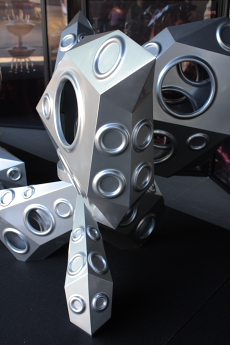
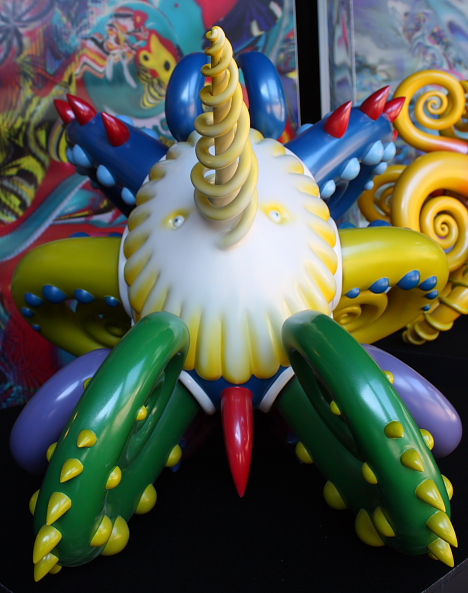
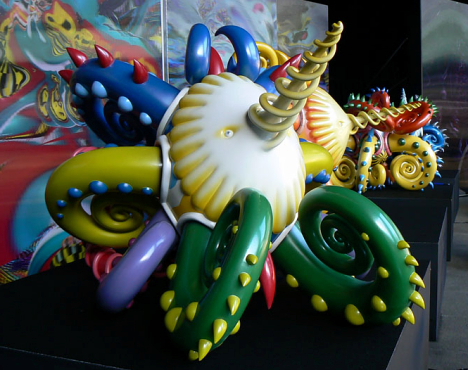
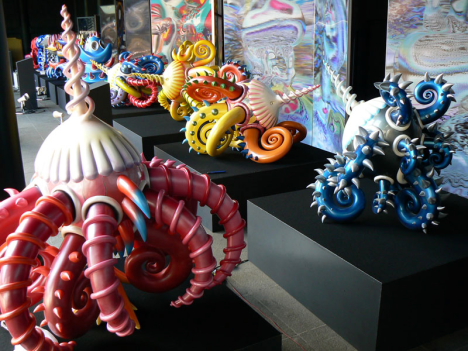
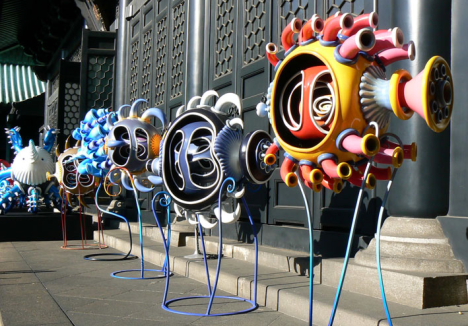
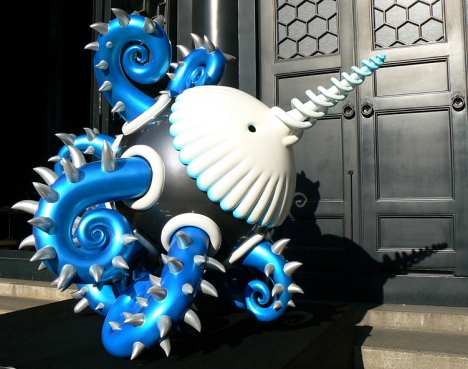
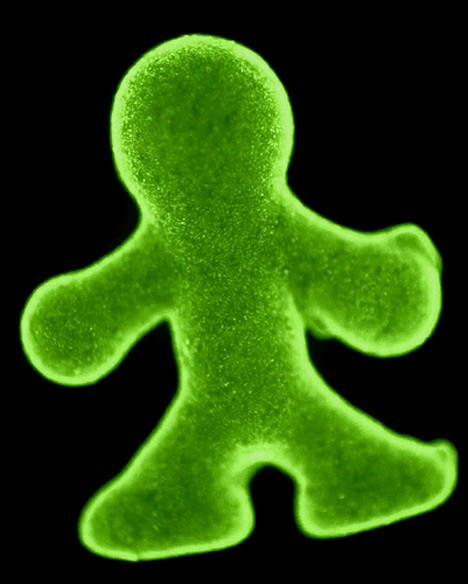
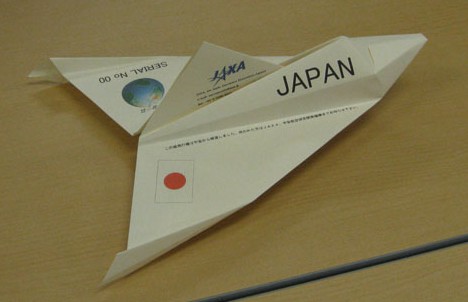
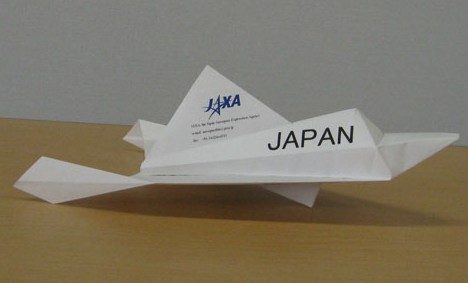
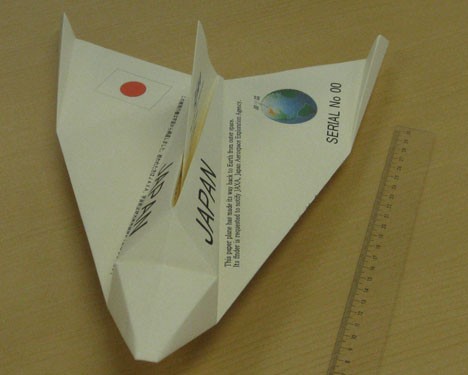
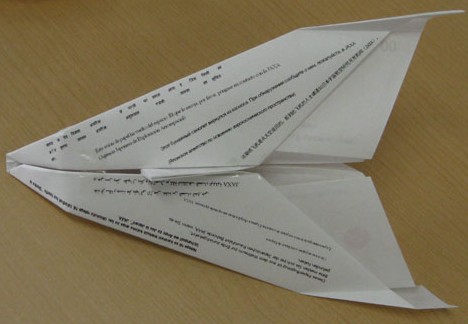
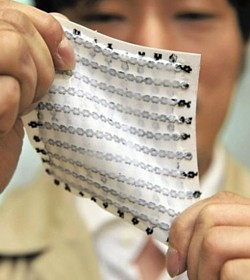 In a technological advance that opens up new possibilities in the fields of robotics and wearable computing, researchers at the University of Tokyo have developed a stretchable, rubbery material that conducts electricity and can be incorporated into electronic devices.
In a technological advance that opens up new possibilities in the fields of robotics and wearable computing, researchers at the University of Tokyo have developed a stretchable, rubbery material that conducts electricity and can be incorporated into electronic devices.